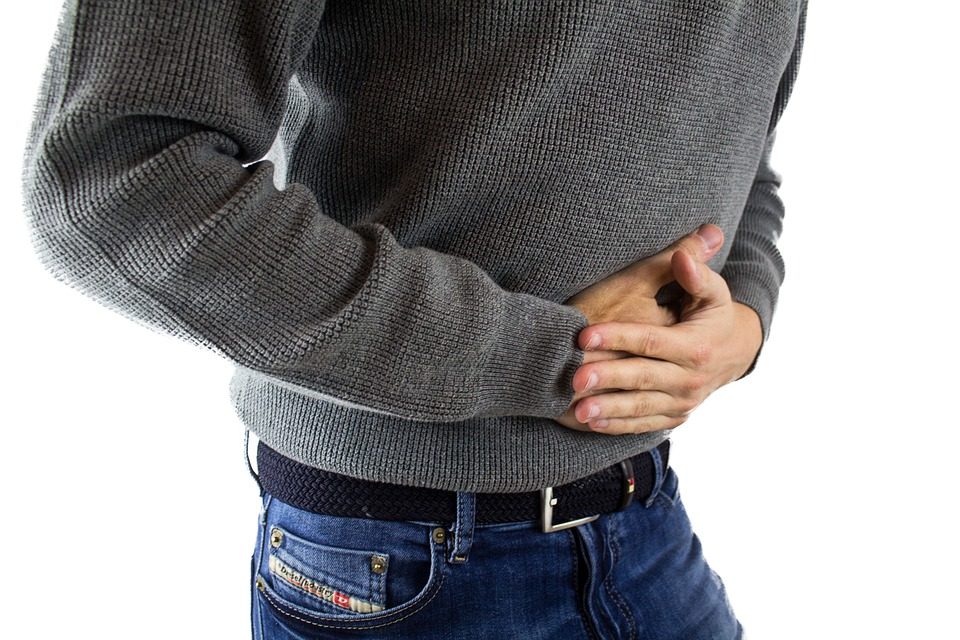
Acute (Stress, Gastric) Ulcers

Under extremely stressful conditions the gastric mucosa may become ulcerated. This may occur with such conditions as trauma due to severe burns, any extensive injury or to major surgery (Curling’s ulcers). Severe infections with or without prior injury may also play into the etiology of these ulcers as well as Cerebrovascular accidents, head trauma or intracranial surgery (Cushing’s ulcers). Other causes include uremia, ACTH or adrenal steroid therapy, agonal stages of a fatal illness and excessive intake of alcohol. The ulcers arising following head trauma and intracranial surgery are usually due to increased gastric acidity. Another possibility is that the gastric mucous secretion is altered thus leaving the mucosa unprotected. Another cause appears to be due to the qualitative alteration of the gastric mucosa secondary to cortisone and ACTH. Since all forms of stress are known to be associated with increased steroid secretion via the hypothalamus and the ACTH so that virtually all forms of acute gastric erosion probably result from steroid-mediated mechanisms.
Gastric ulcers tend to occur in conditions of decreased tissue resistance rather than to hypersecretion of hydrochloric acid. Many of these patients will have a history of aspirin or other nonsteroidal anti-inflammatory drug use (aspirin or ibuprofen). Some of the differential diagnostic differences separating gastric ulcers from duodenal ulcers are:
In duodenal ulcers, the symptoms typically occur 45 – 60 minutes postprandially and are typically referred to as the right subcostal area.
In gastric ulcers, the pain typically precedes eating with referral to the left sub-costal region and the symptoms readily remit with eating.
The patient with a gastric ulcer usually manifests nausea and vomiting resulting in weight loss and fatigue.
Laboratory Findings
Hypochromic anemia will be present and occult blood will probably be found in the stool. These ulcers tend to recur and there is no evidence that malignancy will eventually occur.
Treatment
Glycerrhiza glabra –
DGL (Licorice): 250 mg t.i.d.

















